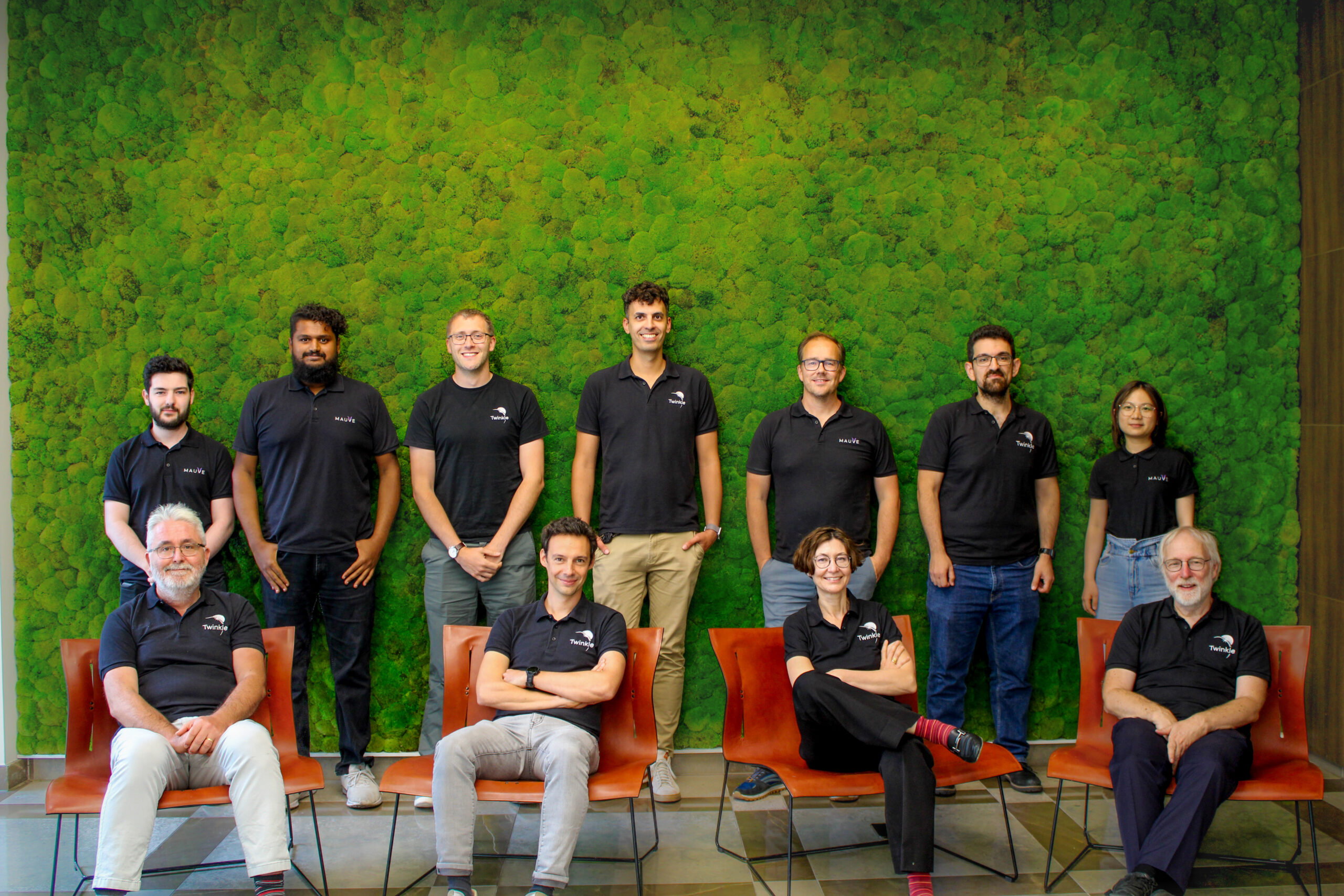
About Blue Skies Space
Blue Skies Space is pioneering a new model to deliver high-quality space science data in accelerated timescales to the global scientific community, helping them to answer humanity’s greatest scientific questions. Through a fleet of low-Earth orbit satellites, we aim to serve the global demand for high-quality science data across many research areas, including the monitoring of stars, understanding what the atmospheres of faraway exoplanets are made of, as well as the composition of asteroids in our Solar System.
Our Team
Blue Skies Space has assembled an experienced team who have previously worked at organisations such as NASA, Airbus, Surrey Satellite Technology, Caltech and UCL, bringing a wealth of expertise in space science, satellite engineering, satellite construction and operations.

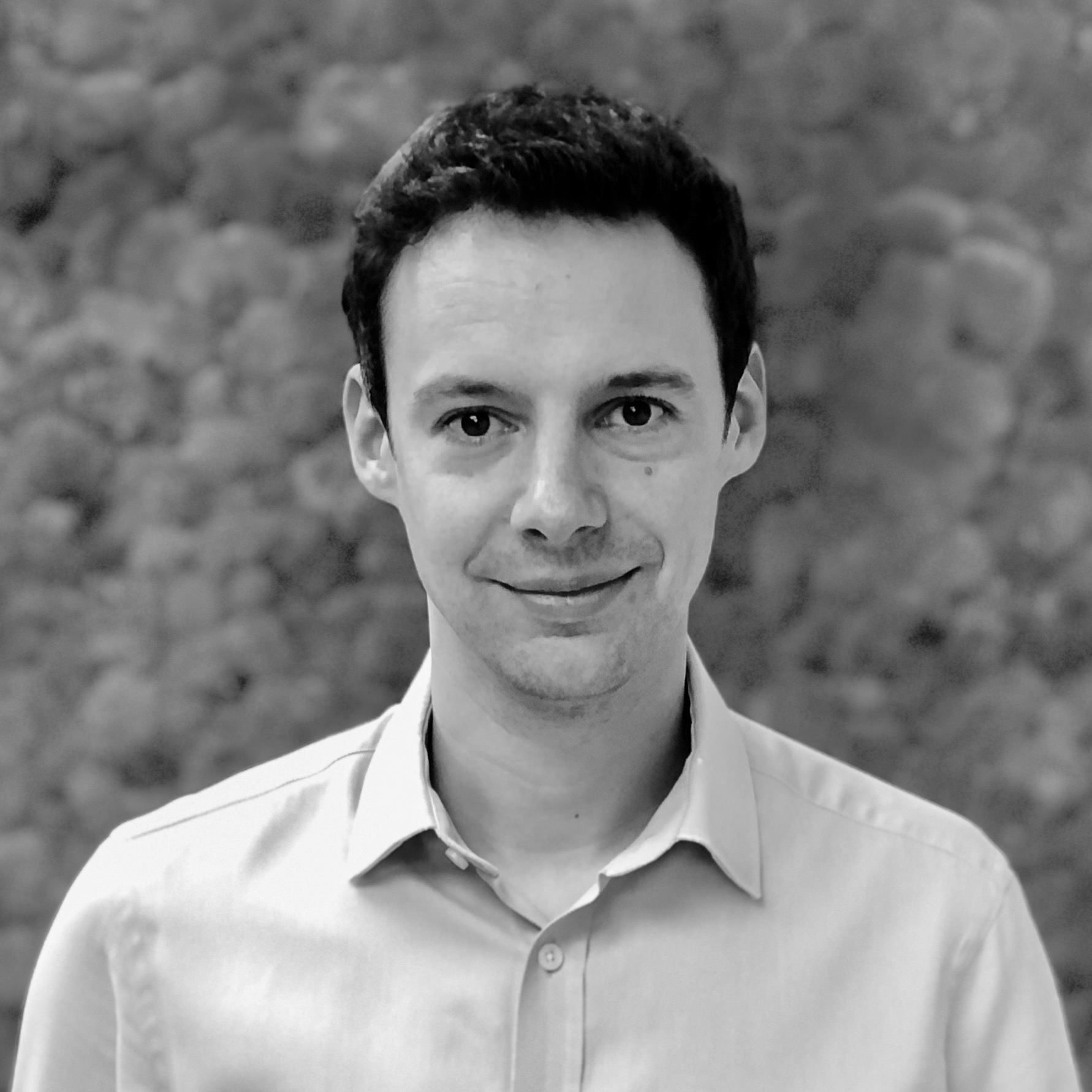





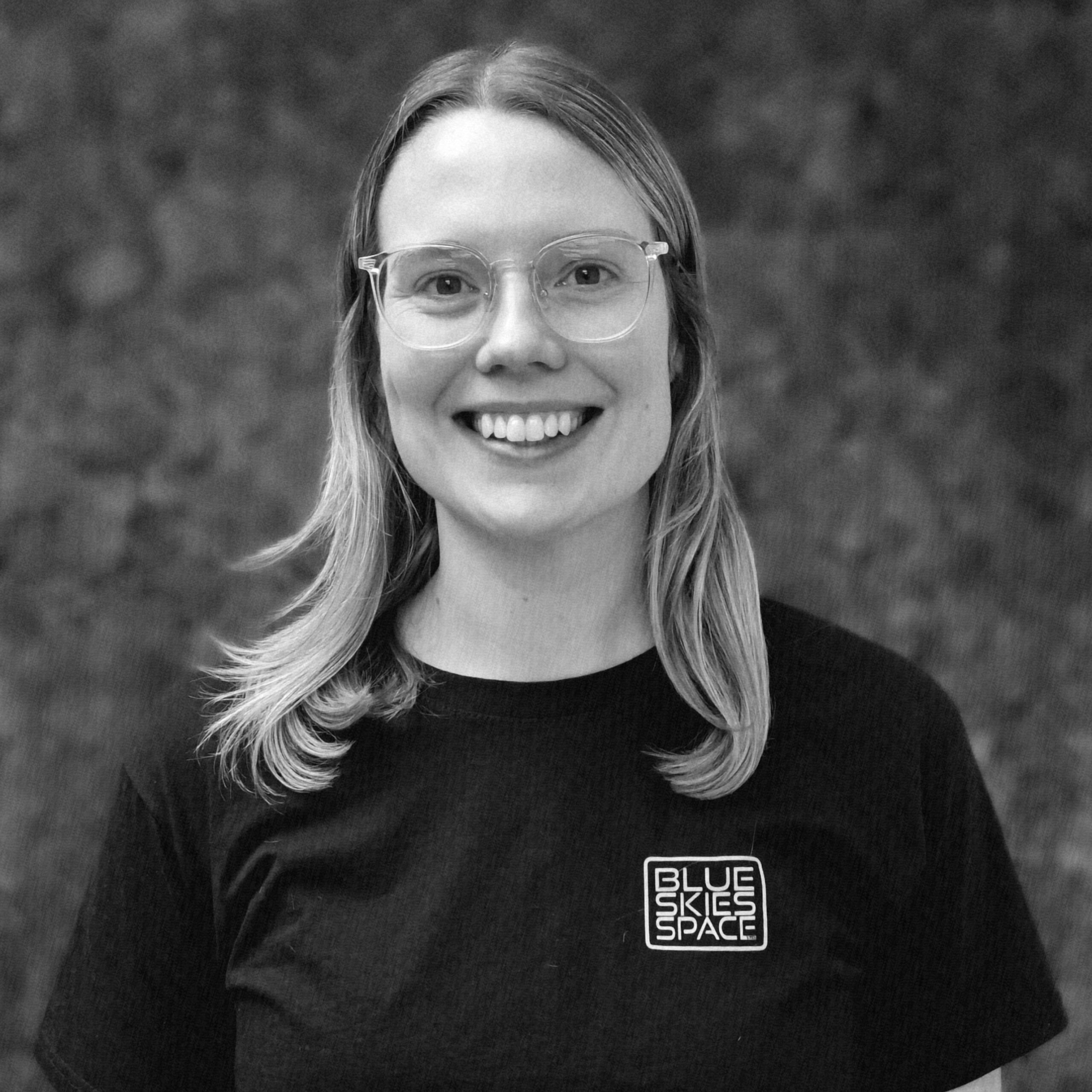
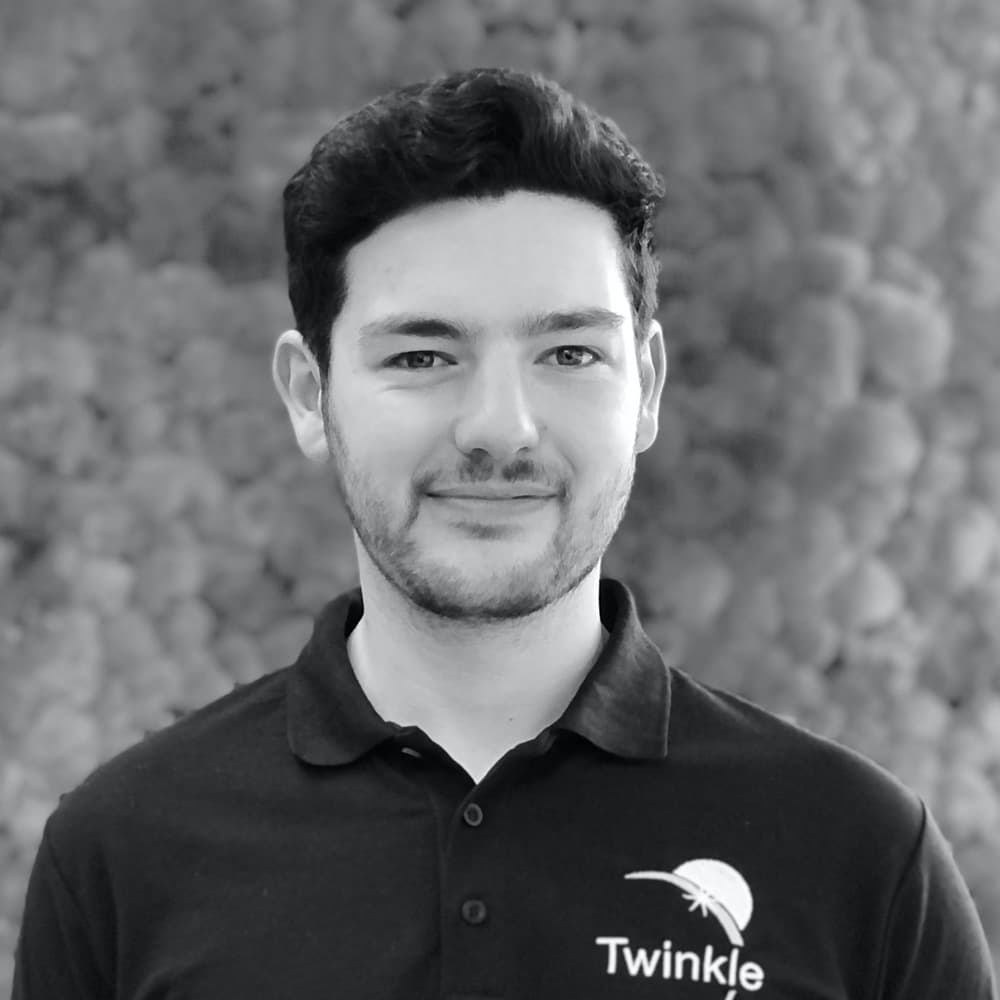


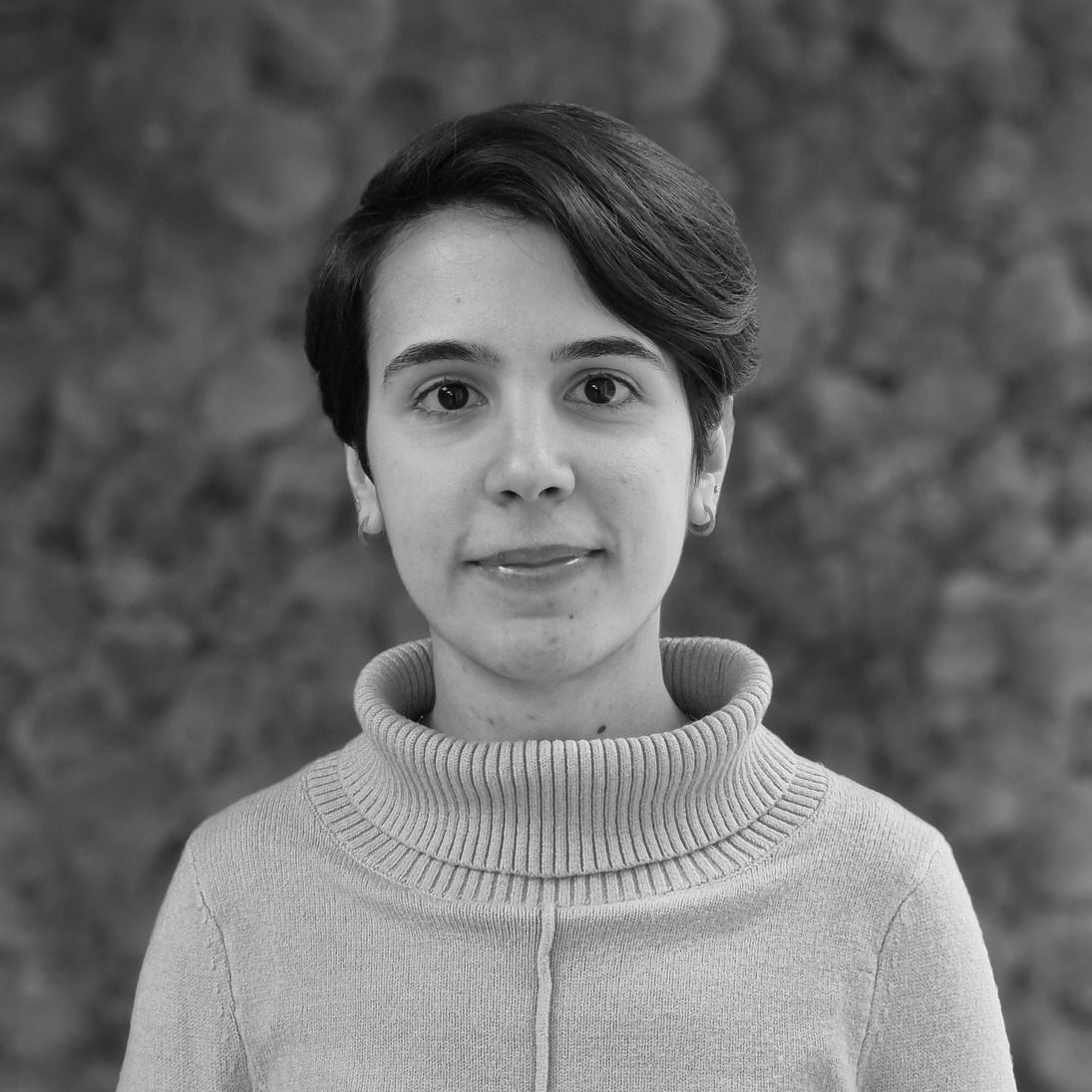
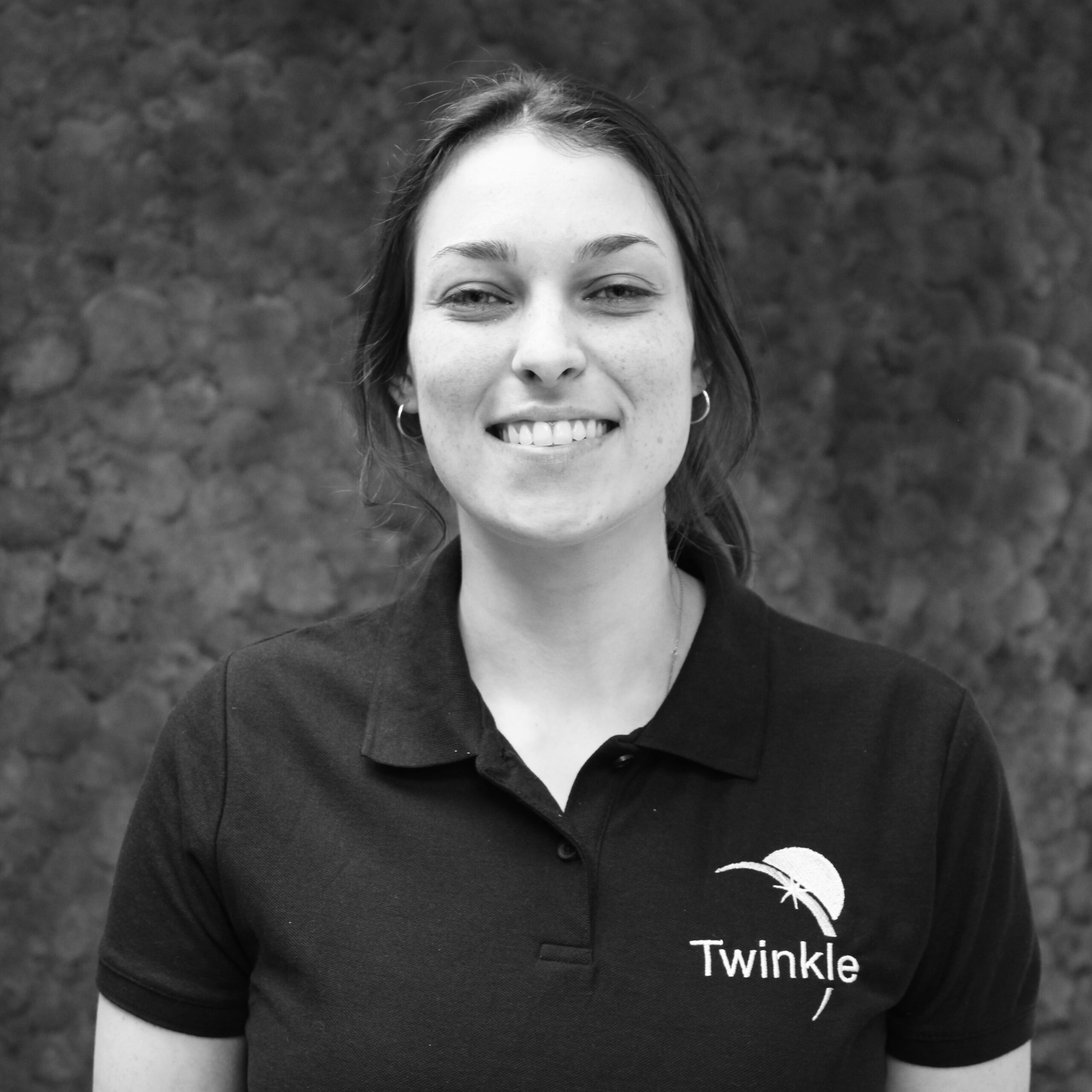


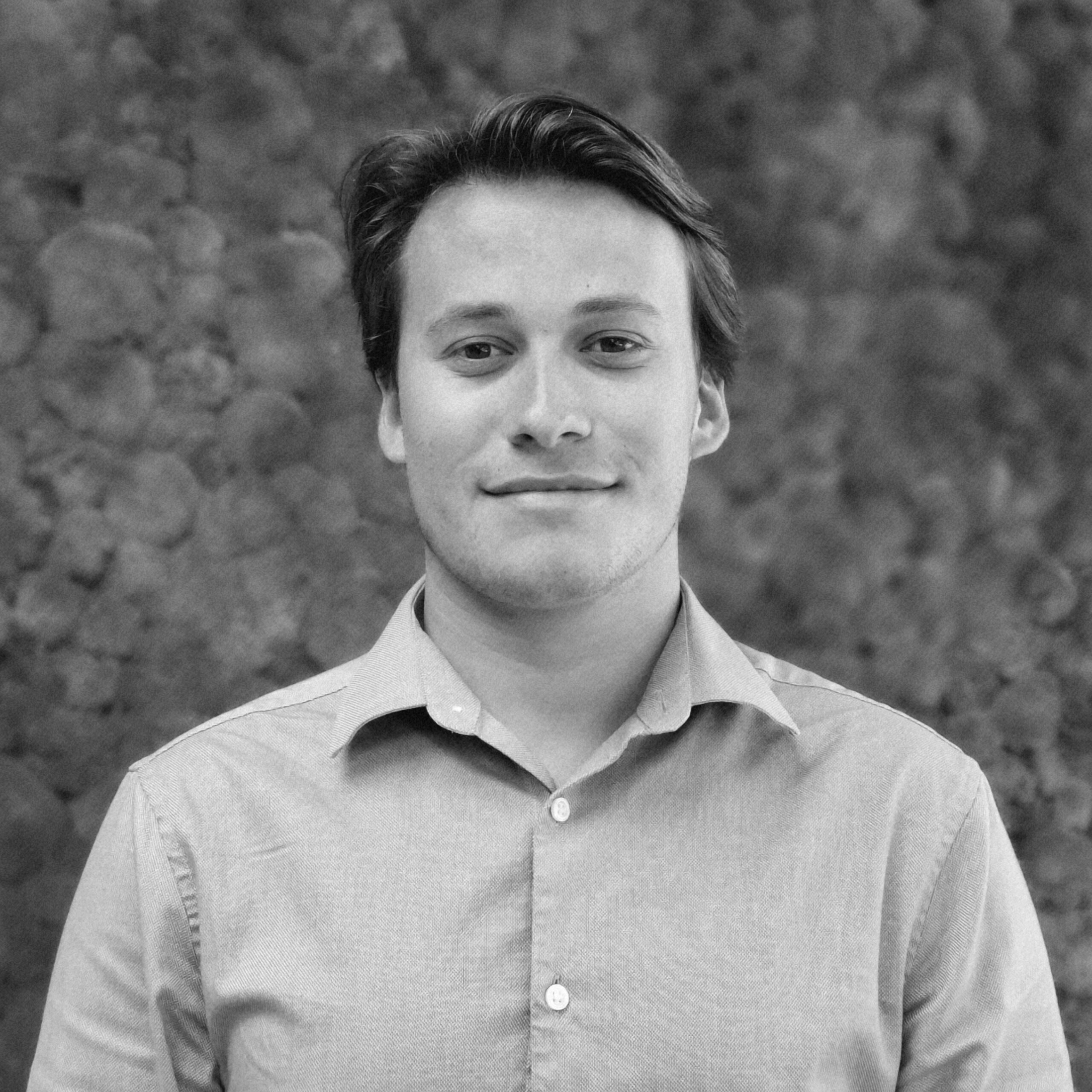
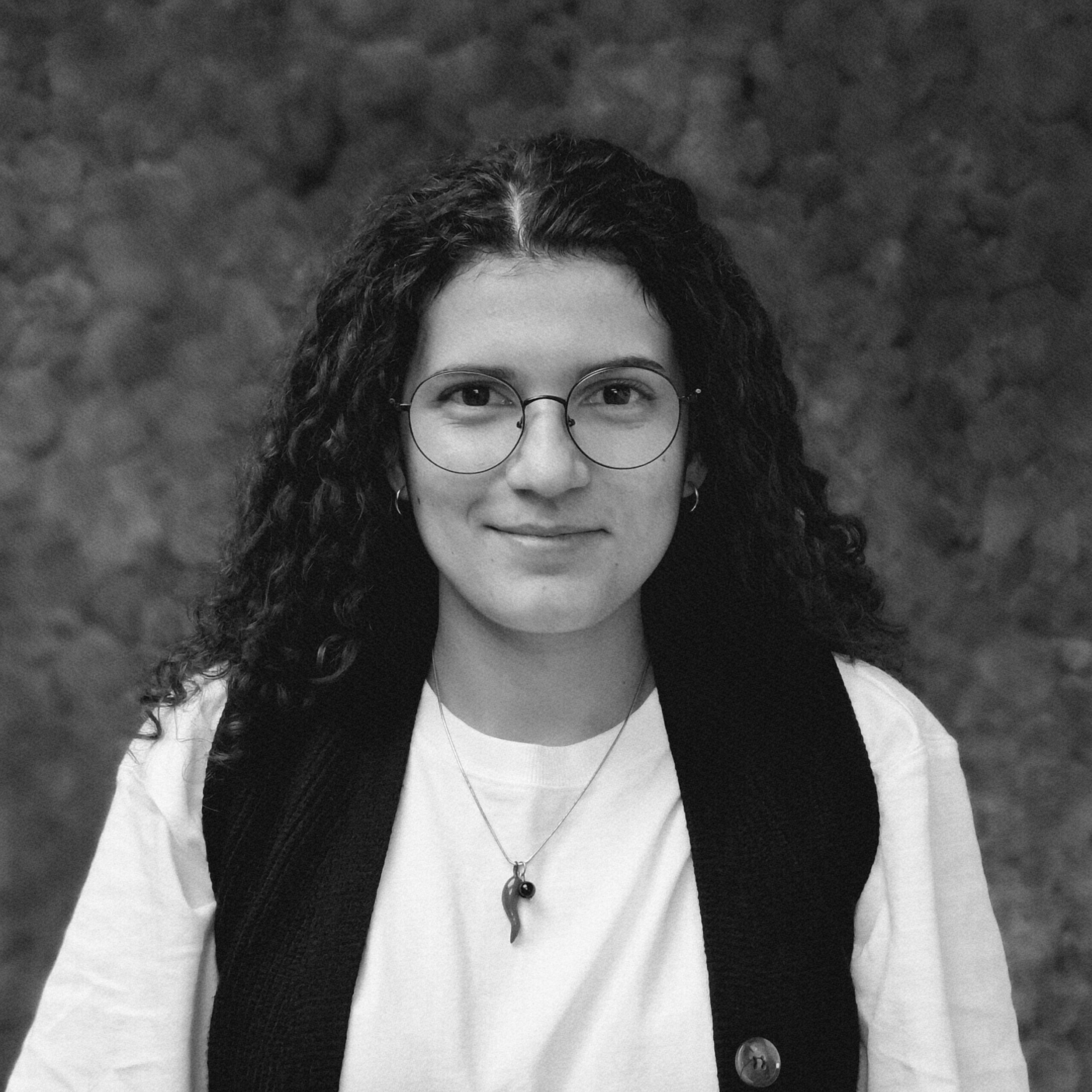
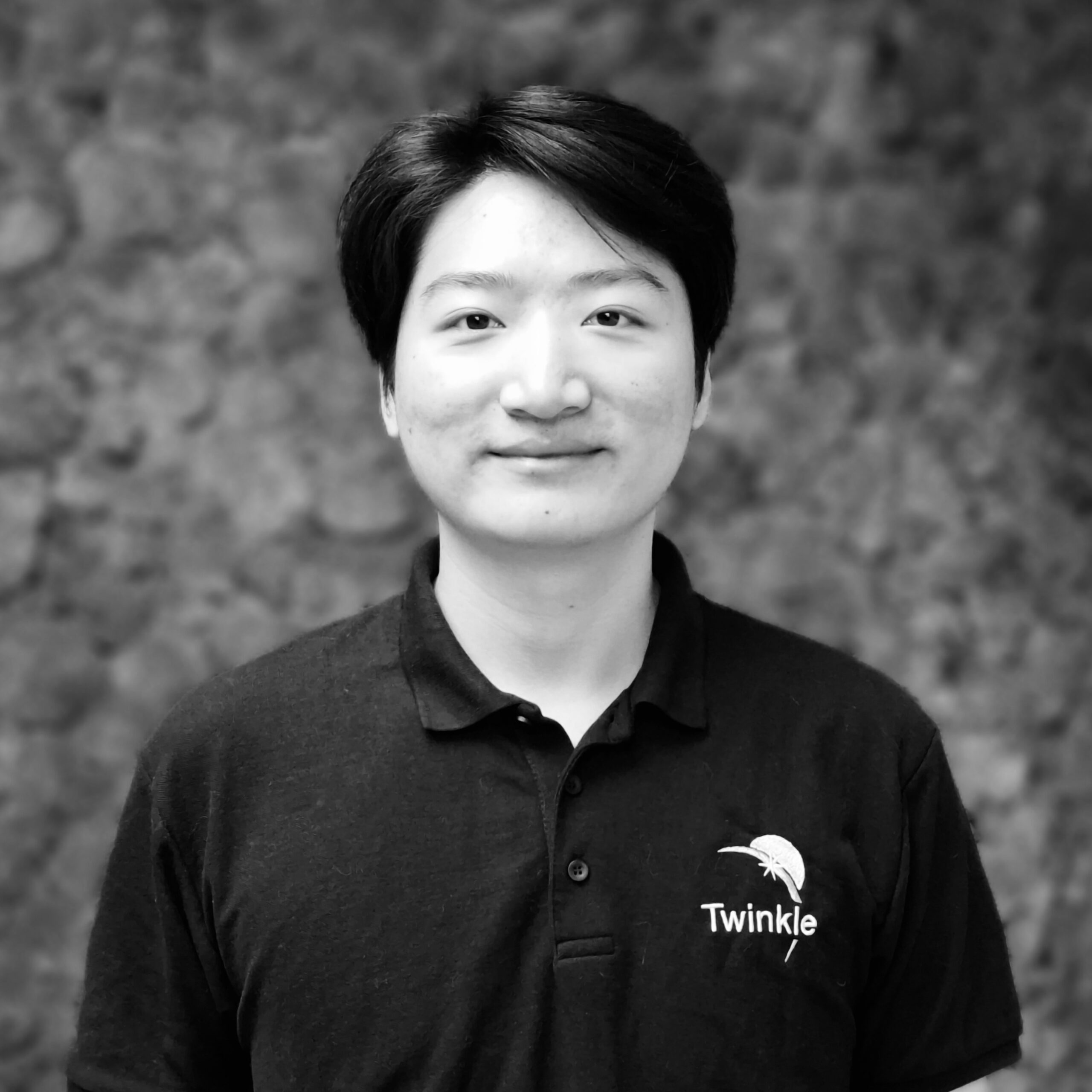
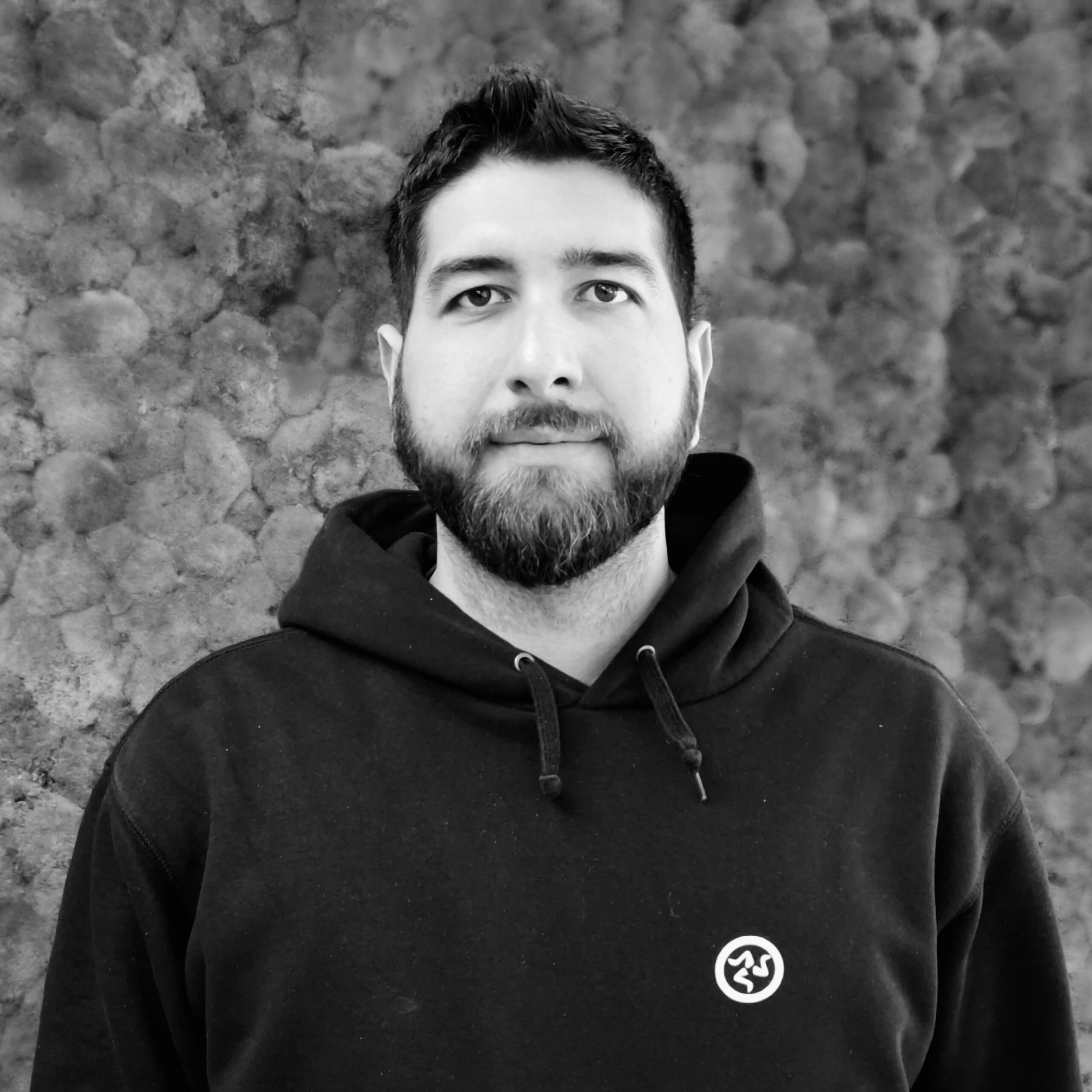
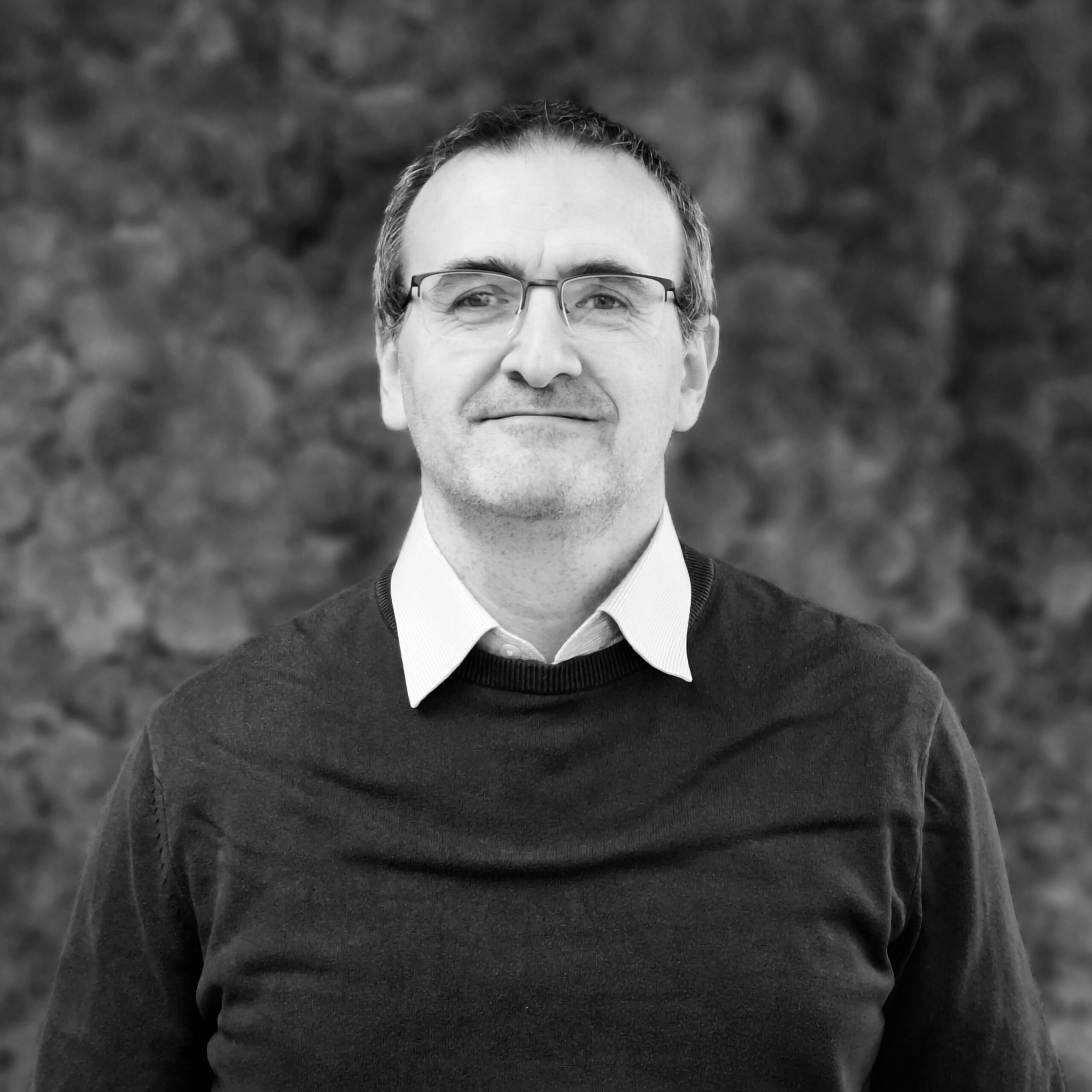

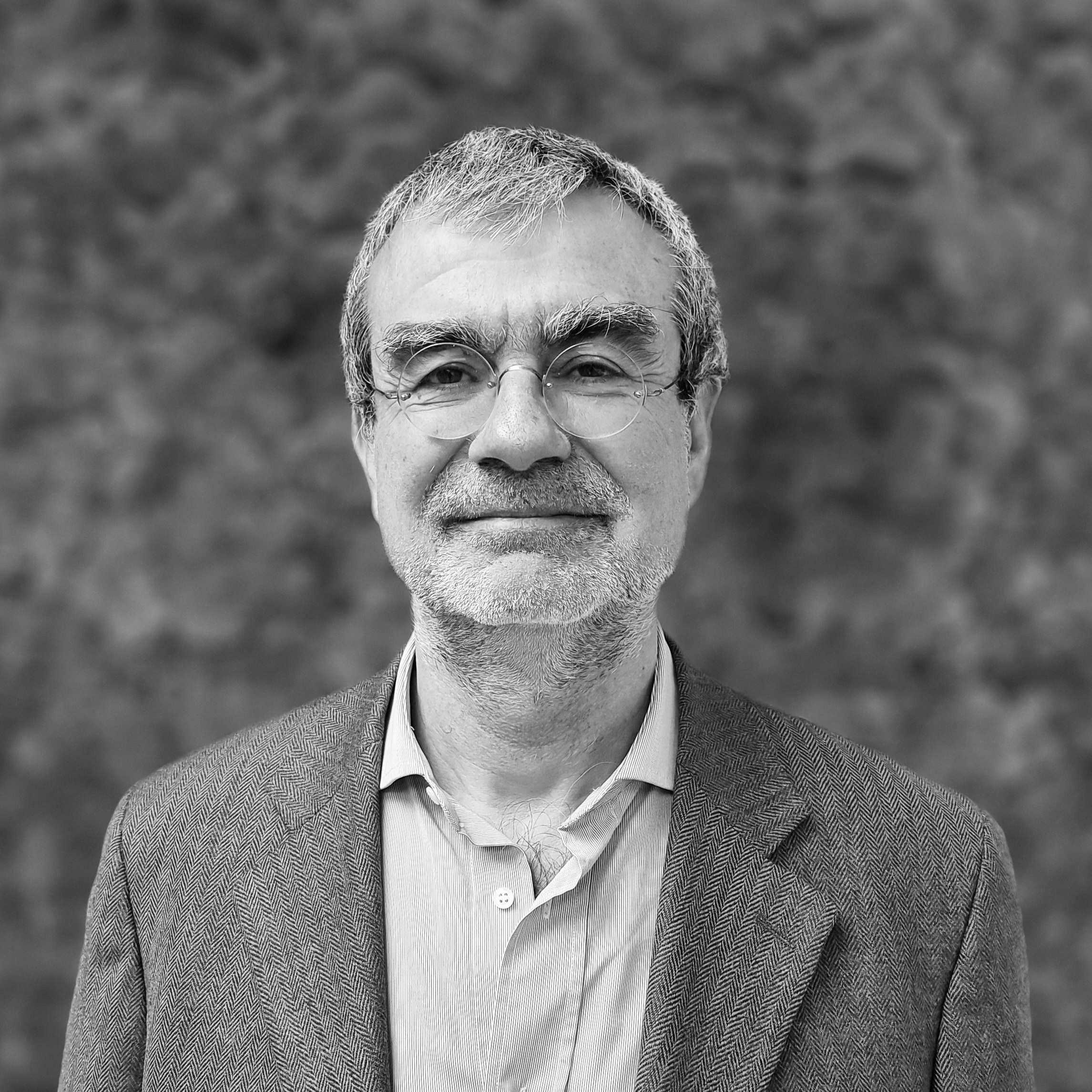
In the Press
Contact Us
HQ
69 Wilson Street, London EC2A 2BB, United Kingdom
Company number: 09348394
Scotland Office
Clockwise, Commercial Quay, 84 Commercial Street,
Leith, Edinburgh EH6 6LX, United Kingdom
Blue Skies Space Italia S.r.l.
Vincenzo Monti, 16, Milano 20123, Italy
Company number: 12527420967
Acknowledgement of EU Funding

We have received funding from the European Union’s Horizon 2020 research and innovation programme under grant agreement No.871149.